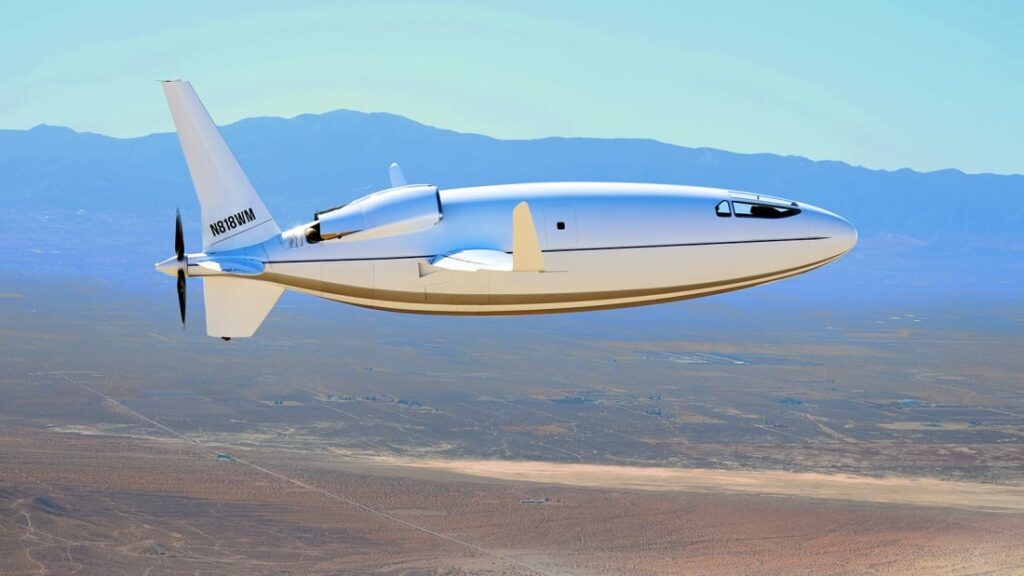The DOT item in Friday’s post turned into a hot item for some of you, especially with regard to positioning flights (and to a lesser extent, with a term that reader Jason invented, “Allegiant math”). So, let’s talk positioning flights and go a little deeper with the DOT airline statistics report.
Positioning Flights
The dictionary defines a positioning flight (sorry) as booking a separate flight from your origin to another city, and then flying a new itinerary from that other city. They’re very useful to the travel-hacker because certain big-ticket international redemptions often have availability only from a few cities.
My typical positioning flights take me to LAX, DEN, DFW, PHX, or ORD, though sometimes you end up in a small city like RNO because AA will only release global first class availability to Tokyo if your origin in some small city. sigh
Guidelines for Positioning Flights
Because positioning flights are ticketed separately from your main trip, you’ll almost never be protected if the positioning flight gets delayed or cancelled and you miss your second itinerary. (That said, you can usually sweet talk your way into having an airline fix it for you if both tickets are on the same carrier, or to a lesser extent if they’re in the same airline alliance.) As a result, the DOT report helps with a few guidelines:
- Don’t book a regional jet unless it’s operated by Endeavor or Skywest (see page 7)
- Book a morning flight (they’re less likely to cancel, see page 21)
- Choose Delta or Hawaiian for ticketing if possible (best on-time marketing carriers, see page 30)
- Build extra buffer in June, July, and August (most delayed months, page 8)
- Book a backup on Southwest since you can cancel for free (don’t use them as your primary positioning flight, see page 9)
- Leave time for an extra long-layover for delays into LAX, EWR, JFK, LAS, and SEA (lower percentages of on-time arrivals, see pages 15-18)
Of course I have a few of my own guidelines too:
- Make sure there’s another scheduled flight on the same carrier and same route for getting to your intermediate airport
- Book a cancelable backup on another carrier to the intermediate airport if possible
- If you’re positioning to the midwest in the Summer, leave a minimum of 12 hour buffer
- For positioning to SFO, have a minimum of a 6 hour buffer
- If you absolutely don’t want to miss a flight starting in another city, plan on arriving to your intermediate city at least 24 hours before the second ticket’s departure
- Try and stay on the same carrier or at least within the same alliance when possible
Wrap-up
By following a few data-driven guidelines you can avoid most mishaps with positioning flights. Things could still go pear-shaped (like that positioning flights dictionary definition) though, so there’s that I guess.
